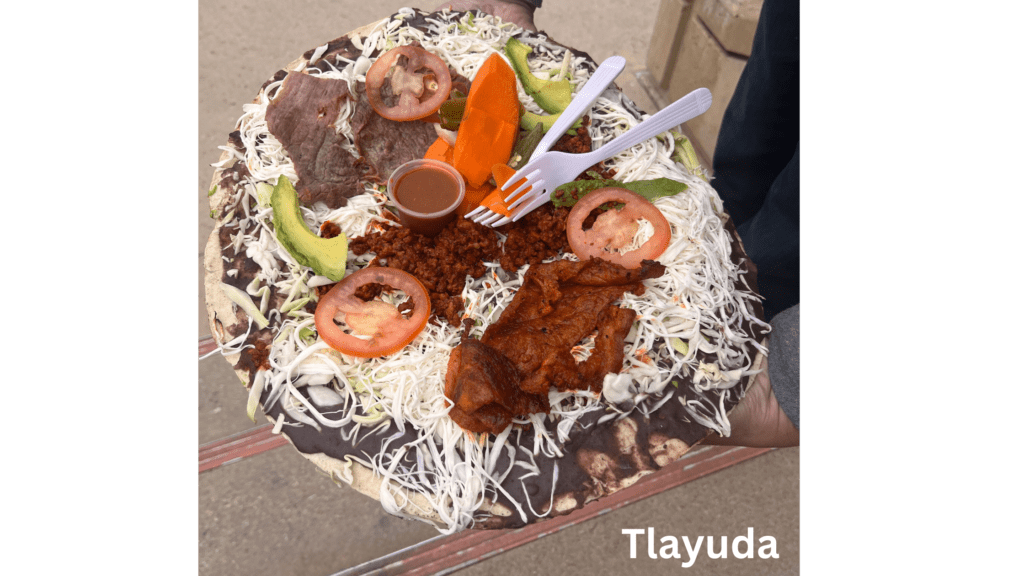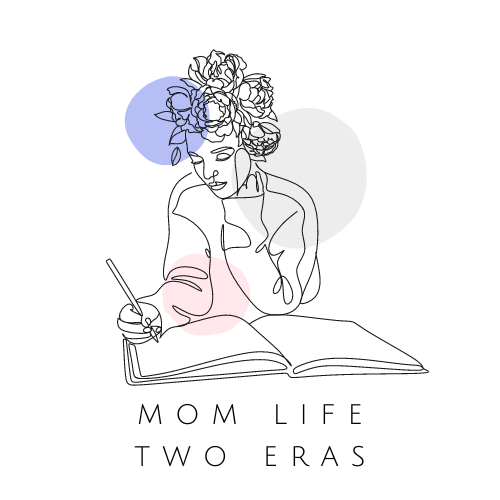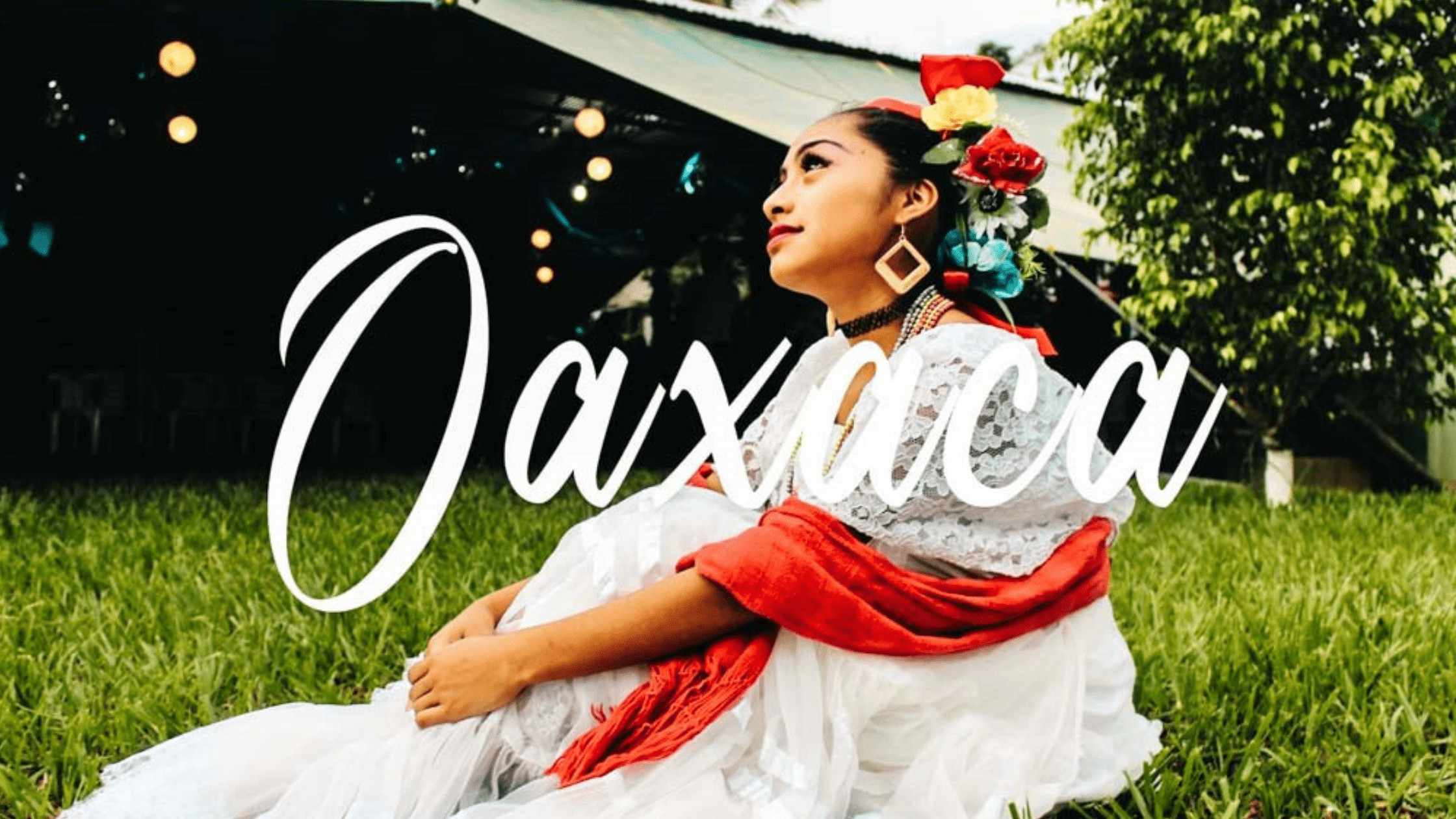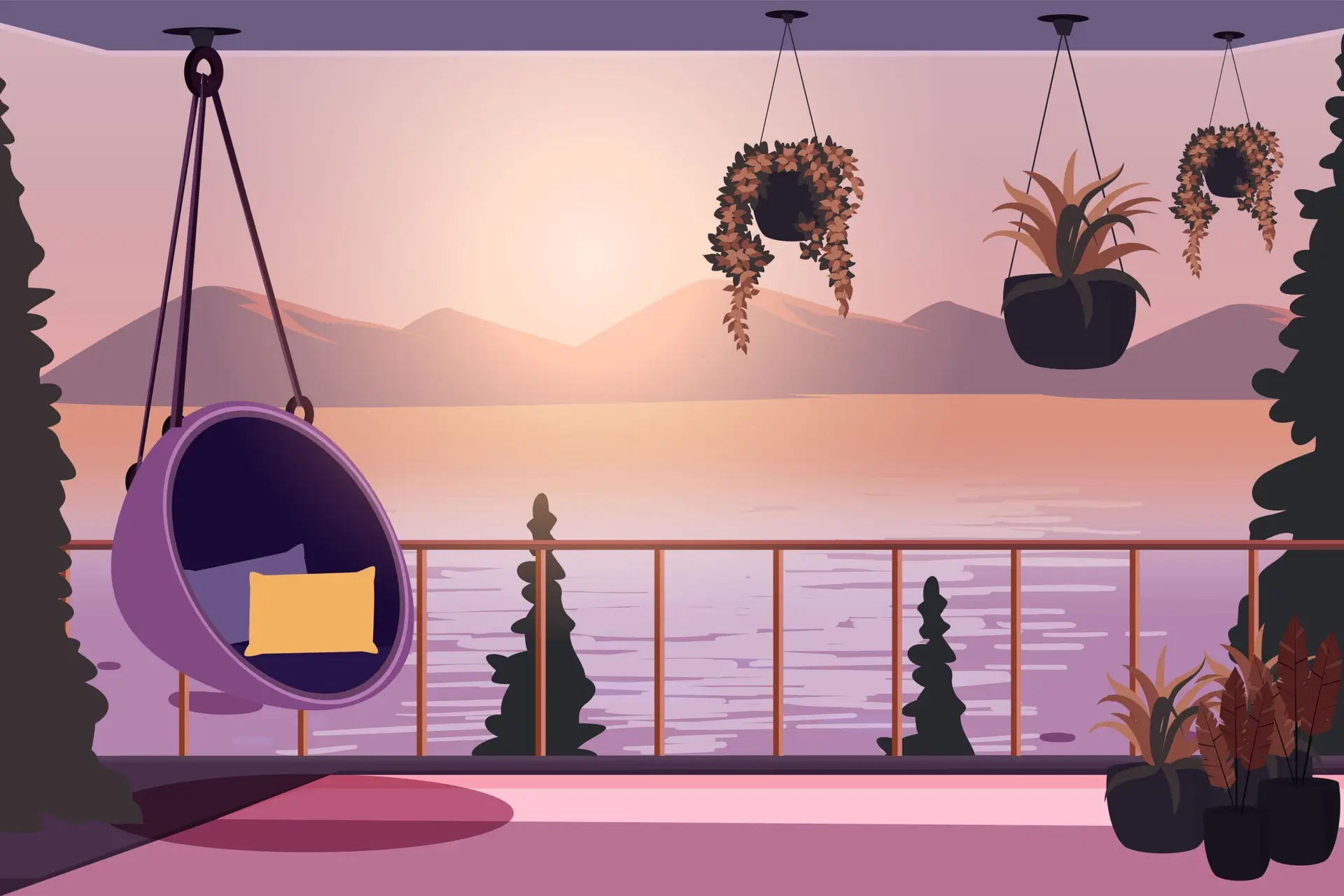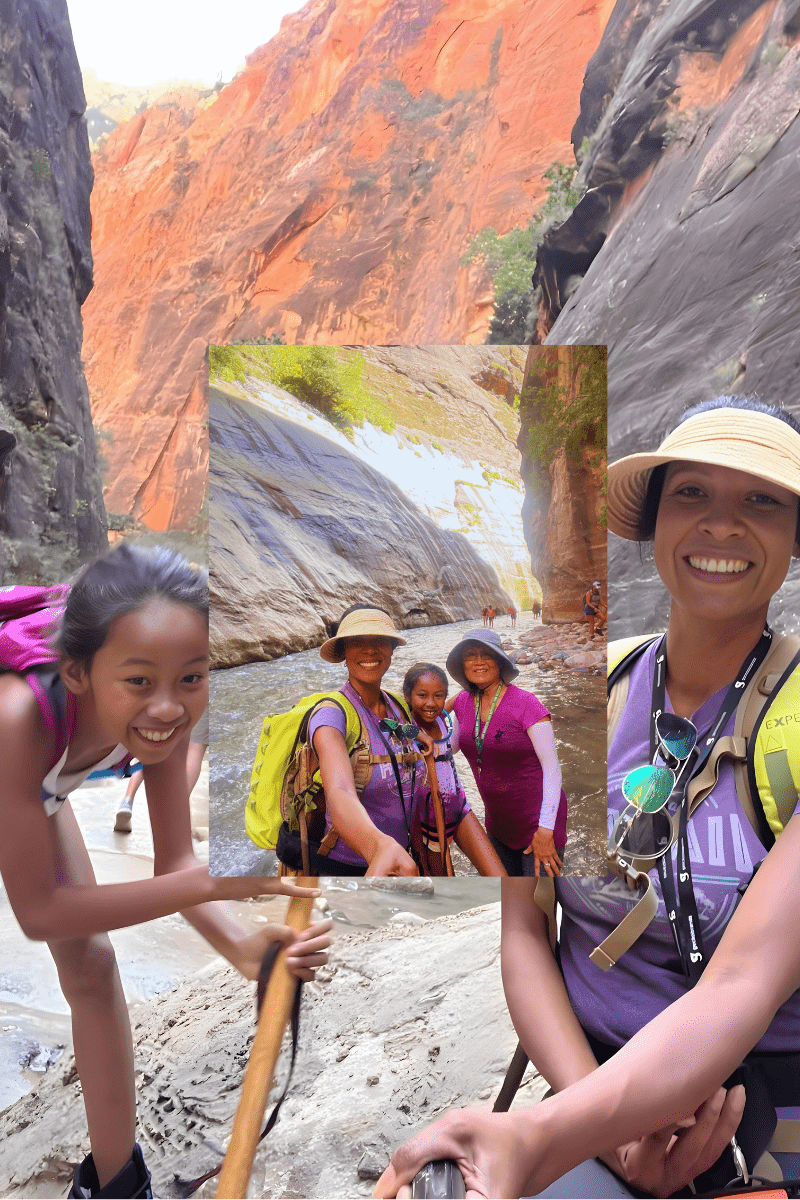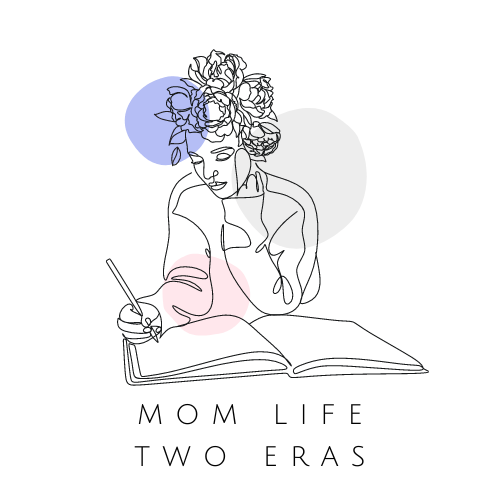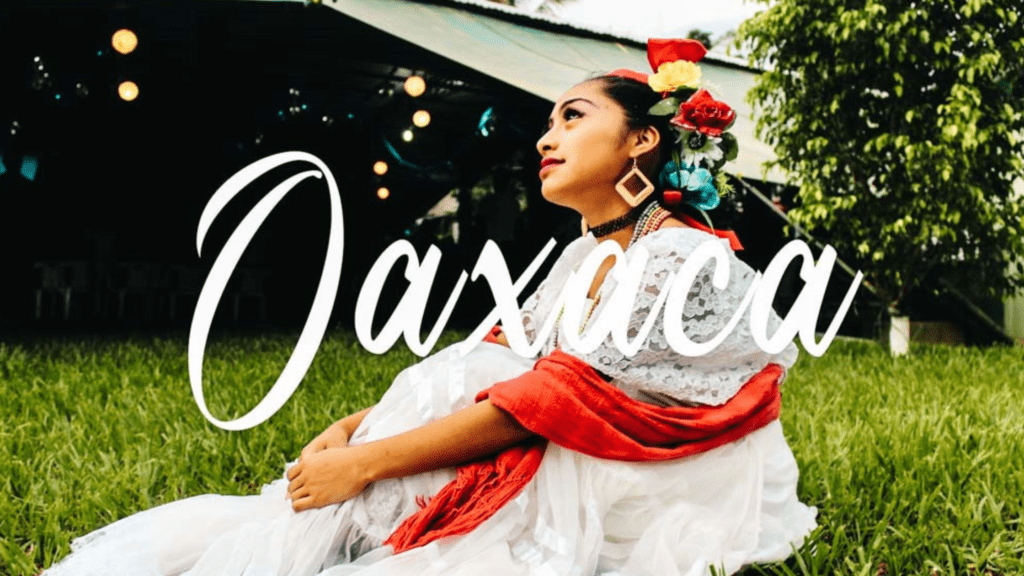
Discovering Guelaguetza: A Journey of Cultural Enlightenment
My daughter and I were thrilled to receive an invitation to experience Guelaguetza at the UCLA campus. Despite our enthusiasm, we had no idea what to expect from this event. As we delved into the festival, we realized it was a smaller representation of a vibrant and deeply rooted cultural celebration that takes place in Mexico.
What is Guelaguetza?
Guelaguetza, a traditional festival held in Oaxaca, Mexico, is a celebration of indigenous culture and communal sharing. The word “Guelaguetza” derives from the Zapotec language, meaning “offering” or “mutual exchange of gifts and services.” This festival is one of the most important cultural events in Mexico, showcasing traditional music, dance, and crafts from the region. Held annually on the last two Mondays of July, the festival brings together the diverse indigenous communities of Oaxaca, each contributing their unique traditions and customs.
The Significance and Meaning of Guelaguetza
The significance of Guelaguetza lies in its roots as a pre-Hispanic ritual. Originally, it was a celebration to honor Centeotl, the corn goddess, and ensure a bountiful harvest. Over time, it evolved to incorporate Catholic elements, blending indigenous and Spanish influences. Today, Guelaguetza symbolizes unity, resilience, and the rich cultural heritage of Oaxaca’s indigenous peoples.
The Dance of the Devils: A Standout Performance
One of the most captivating performances at the festival is the “Dance of the Devils” (Danza de los Diablos). This dance stood out to me during the UCLA event, with its vivid costumes and intense rhythm. The Dance of the Devils is a powerful expression of rebellion and protest, rooted in the history of Afro-descendant communities in Mexico. These communities, brought to Mexico as slaves, used dance as a form of resistance and cultural preservation. The dance embodies their struggle against oppression and their desire for recognition and freedom.
This was my absolute favorite part of the festival. I was deeply moved by the power in the meaning behind the dance—fighting for freedom from the colonizers who infiltrated and enslaved them. The defiance and resilience showcased through the dance were awe-inspiring, highlighting the indomitable spirit of these communities. It was a poignant reminder of the importance of preserving and honoring the cultural expressions of those who have endured and resisted oppression.
Historical Context and Variations of the Dance of the Devils
There are many iterations of the Dance of the Devils in Mexico. When the Spaniards arrived in the New World, they brought with them Catholicism and its ultimate goal of conversion. While some of the indigenous people abandoned their own religious practices, others assimilated their belief systems with the newly introduced Catholicism.
In Santiago Juxtlahuaca, Oaxaca, the dance is an integrated part of a larger story passed along by the occupying Spaniards. The story is one of an epic battle between the Moors and the Christians, in which the Muslim Captain was captured and, before his death, was offered salvation if he would only convert. The captain chose differently and was killed, leading the devils to dance in celebration that they would have one more soul to join them. This variation adds a layer of complexity to the dance, blending historical narratives and cultural syncretism.
Guelaguetza at UCLA: A Smaller Scale Celebration
While the UCLA Guelaguetza was a smaller-scale version of the grand festivities in Oaxaca, it captured the essence and spirit of the original event. The campus came alive with colorful costumes, traditional music, and the joyous atmosphere of communal celebration. Through this experience, my daughter and I gained a profound appreciation for the rich cultural tapestry of Mexico and the resilience of its indigenous and Afro-descendant communities.
Attending Guelaguetza at UCLA opened our eyes to the deep cultural significance of this festival. It was a beautiful reminder of the importance of preserving and celebrating diverse traditions, and we left with a deeper connection to the vibrant heritage of Mexico.
